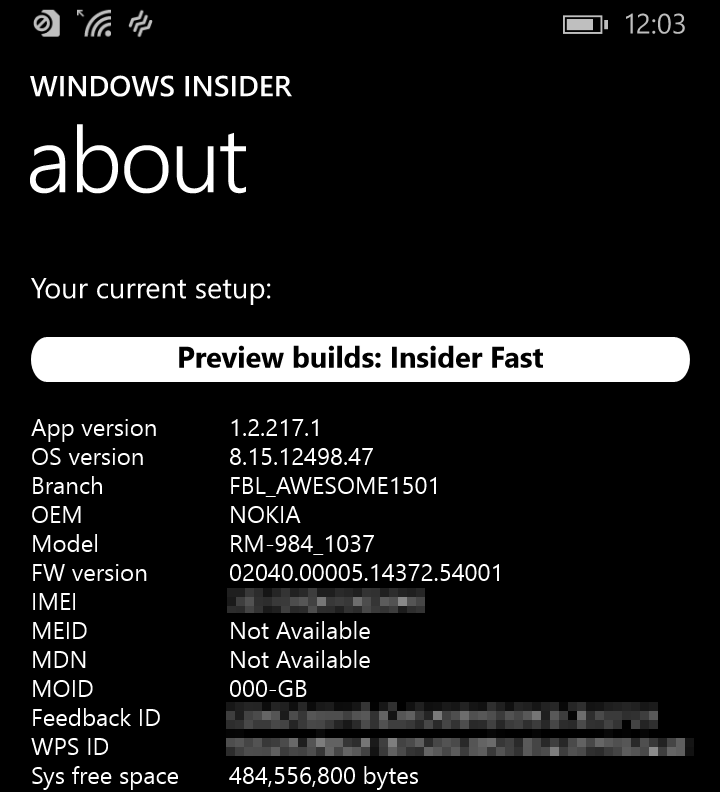Windows 10 Mobile Preview: Not ready for primetime (yet)


The first wide-scale preview release of Microsoft's Windows 10 Mobile operating system began rolling out to eager testers last Friday. The first preview, released in February, was available only on a very limited selection of phones. This second release went to a much wider audience.
The initial rollout was rocky, with server errors preventing most testers (including me) from completing the download for most of the afternoon. Those back-end problems were sorted out by the end of the day, and over the weekend anyone with a supported device--essentially any recent Nokia/Microsoft Lumia except the 930 or Icon--was able to take the plunge
The Technical Preview label is intended to indicate that this is an unfinished release. That's an understatement.
I installed Build 10051 on three devices: a low-end Lumia 635, a mid-range Lumia 925, and the "affordable flagship" Lumia 830.
On the desktop, recent builds of Windows 10 have been solid enough for daily use. The Mobile release, based on the same core code, is too ragged to rely on, at least in its current incarnation.
I experienced multiple crashes and application errors, spontaneous reboots, and lots of display glitches. Performance issues on the Lumia 925 were severe enough that I finally gave up and used Microsoft's recovery tools to restore the supported Windows Phone 8.1 release.
Meanwhile, on the two remaining devices, I was able to get a glimpse of what the future of Windows 10 on mobile devices will look like. Here are a few of the key features.
The Project Spartan browser, which will eventually be the default host for the new EdgeHTML rendering engine for every edition of Windows 10, is available alongside Internet Explorer. I was able to load a few pages and try out the new Reading View, which did a good job of removing extraneous elements from articles for easier reading.
The new Outlook Mail and Calendar apps are new in this build. As universal apps, they'll run on the desktop/laptop releases of Windows 10 as well. The design is sharp, and I was able to easily configure three accounts for synchronization.
Calendars are merged into a clean single view, but one feature I missed is the ability to merge inboxes for a similarly unified view of messages. That's a key feature of the current Mail app on Windows Phone as well as the new Outlook on iOS and Android, so it's odd to see it MIA here.
The new Outlook supports gestures for processing messages: swipe left to delete, swipe right to flag.
The reorganized Settings app is taking shape nicely, and notifications are also improving. The availability of action buttons on the Notifications screen, with four buttons available at all times and additional buttons available with a tap of the Expand button, is useful for getting to quick configuration tasks without having to dive into Settings.
Unfortunately, this release isn't able to run any Office applications. The old Office hub is gone, and the new universal versions of Word, Excel, and PowerPoint aren't ready for this release yet. That's a crippling omission for an operating system aimed at mobile users who are heavily invested in the Microsoft stack.
Most of these issues can probably be fixed in short order, with new preview builds smoothing the overall experience and updated apps adding the missing pieces to the Windows 10 Mobile puzzle.
For now, though, this is a preview that is recommended only for the curious and only on a secondary device.